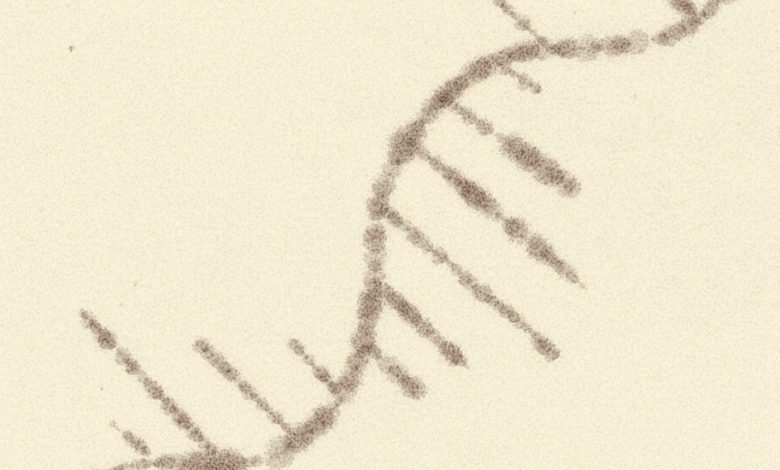Step Aside, DNA. RNA Has Arrived.

From E=mc² to splitting the atom to the invention of the transistor, the first half of the 20th century was dominated by breakthroughs in physics.
Then, in the early 1950s, biology began to nudge physics out of the scientific spotlight — and when I say “biology,” what I really mean is DNA. The momentous discovery of the DNA double helix in 1953 more or less ushered in a new era in science that culminated in the Human Genome Project, completed in 2003, which decoded all of our DNA into a biological blueprint of humankind.
DNA has received an immense amount of attention. And while the double helix was certainly groundbreaking in its time, the current generation of scientific history will be defined by a different (and, until recently, lesser-known) molecule — one that I believe will play an even bigger role in furthering our understanding of human life: RNA.
You may remember learning about RNA (ribonucleic acid) back in your high school biology class as the messenger that carries information stored in DNA to instruct the formation of proteins. Such messenger RNA, mRNA for short, recently entered the mainstream conversation thanks to the role they played in the Covid-19 vaccines. But RNA is much more than a messenger, as critical as that function may be.
Other types of RNA, called “noncoding” RNAs, are a tiny biological powerhouse that can help to treat and cure deadly diseases, unlock the potential of the human genome and solve one of the most enduring mysteries of science: explaining the origins of all life on our planet.
Though it is a linchpin of every living thing on Earth, RNA was misunderstood and underappreciated for decades — often dismissed as nothing more than a biochemical backup singer, slaving away in obscurity in the shadows of the diva, DNA. I know that firsthand: I was slaving away in obscurity on its behalf.